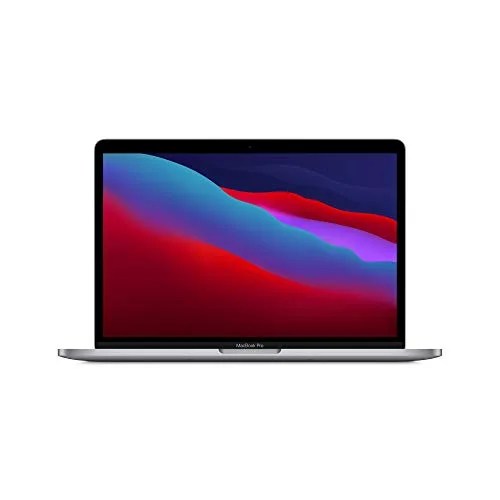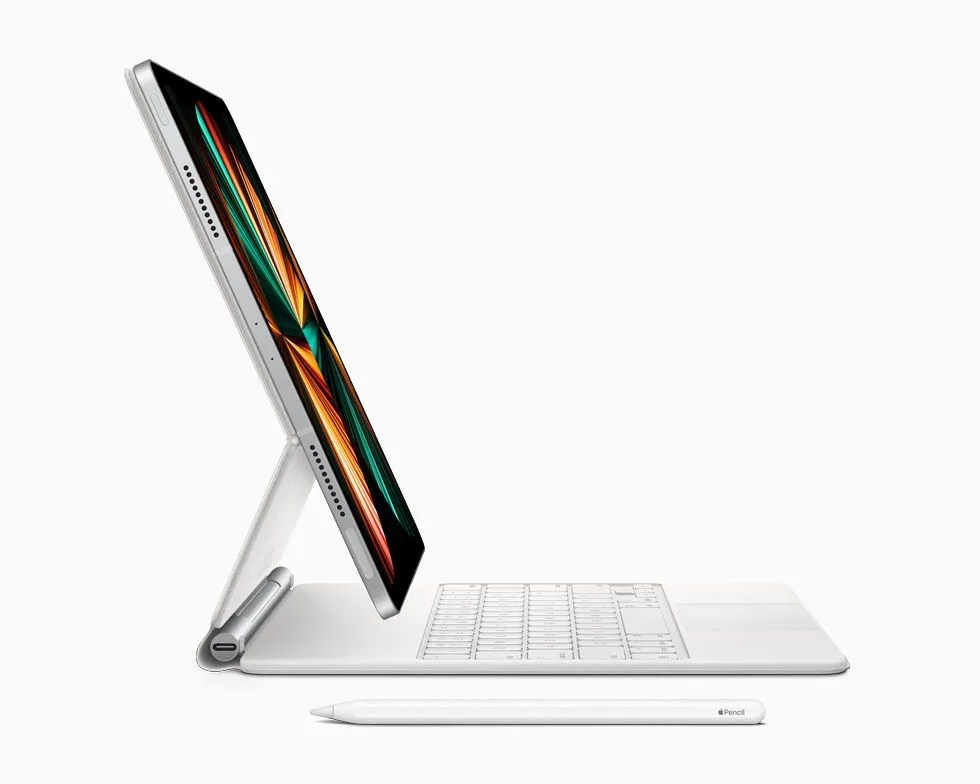Apple’s new MacBook Pro and iPad Pro are more similar than ever. Both have the same exact M1 processor. Apple also integrated the new iPad Pros with a USB-C port that supports USB 4 and Thunderbolt, which allows them to work with more high-performance external accessories, like faster SSDs, more powerful docks and more beautiful external displays. Basically, the newest iPad Pro and MacBook Pro are both powerful computing devices.
Despite being so similar, there are still some very important differences between the M1 MacBook Pro and the M1 iPad Pro. The most obvious ones are because of the differences of form factor — laptop vs tablet — but there are a few other key features that distinguish M1 MacBook Pro and the M1 iPad Pro.
 Amazon
AmazonMacBook Pro with M1 Chip (13-inch, 2020)
Pros
- Runs macOS, supporting desktop apps
- Cooling fans for better performance editing photos/videos, powering 4K displays
- More USB-C ports than iPad Pro
- Better built-in speakers and microphone than iPad Pro
- Keyboard and trackpad are built into the form factor and price
Cons
- No touchscreen or Apple Pencil support
- No cellular option
- Storage tops out at 2 TB
- Display isn't as great as iPad Pro's Liquid XDR Display (though still great)
The 13-inch model is currently the only MacBook Pro that’s integrated with Apple’s M1 chip (although, you can expect Apple to change that later in 2021). It’s fast, powerful and quiet. Plus its battery life is incredible — well over 12 hours.
 Apple
AppleiPad Pro with M1 Chip (12.9-inch, 2021)
Pros
- Ultra-wide front-facing cam specifically made for video-conferencing
- 5G options available
- Best-in-class Liquid Retina XDR display, 10,000 mini-LEDs
- LIDAR camera for improved augmented reality apps
- Has a 2 TB storage option
Cons
- No cooling fans, which could hinder high-end performance
- More expensive than it seems because you'll need accessories
- iOS can't run Mac apps
The 12.9-inch and 11-inch iPad Pro share the same M1 chip, USB-C port and support for 5G. But the 12.9-inch iPad Pro has a Liquid Retina XDR.
